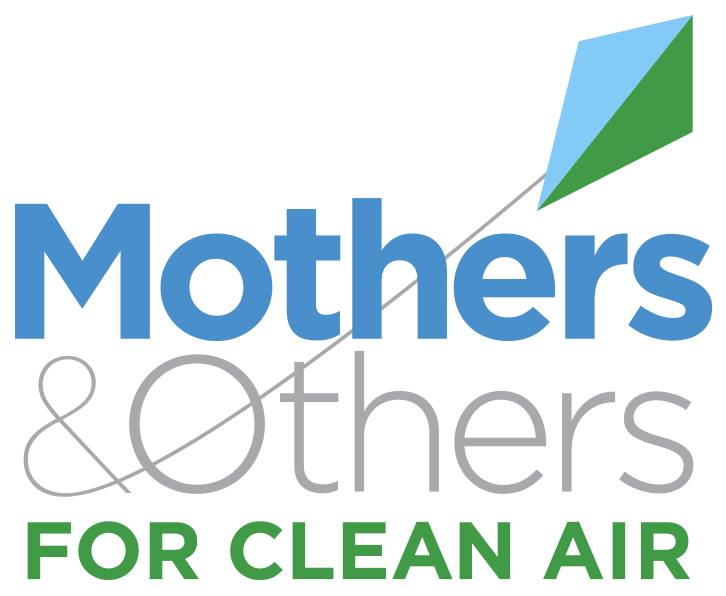Background
Although studies suggest that exposure to pollutants is associated with race/ethnicity and socio-economic status (SES), many studies are limited to the geographic regions where monitoring stations are located.
Results
SES and race/ethnicity were related to predicted concentrations of both PM2.5 and O3 for census tracts in North Carolina. Lower SES and higher proportion minority population were associated with higher levels of PM2.5. An interquartile range (IQR) increase of median household income reduced the predicted average PM2.5 level by 0.10 µg/m3. The opposite relationship was true for O3. An IQR increase of median household income increased the predicted average O3 measure by 0.11 ppb.
Conclusions
The analyses demonstrate that SES and race/ethnicity are related to predicted estimates of PM2.5 and O3 for census tracts in North Carolina. These findings offer a baseline for future exposure modeling work involving SES and air pollution for the entire state and not just among the populations residing near monitoring networks.
Published Oct 1, 2013
Gray, S. C., Edwards, S. E., & Miranda, M. L. (2013). Race, socioeconomic status, and air pollution exposure in North Carolina. Environmental Research, 126, 152–158. https://doi.org/10.1016/j.envres.2013.06.005
